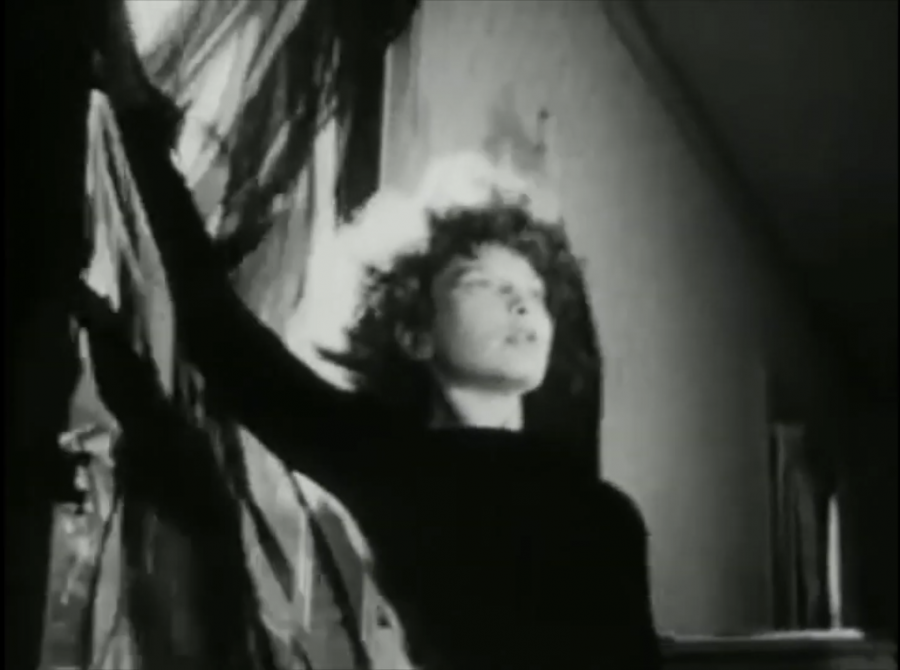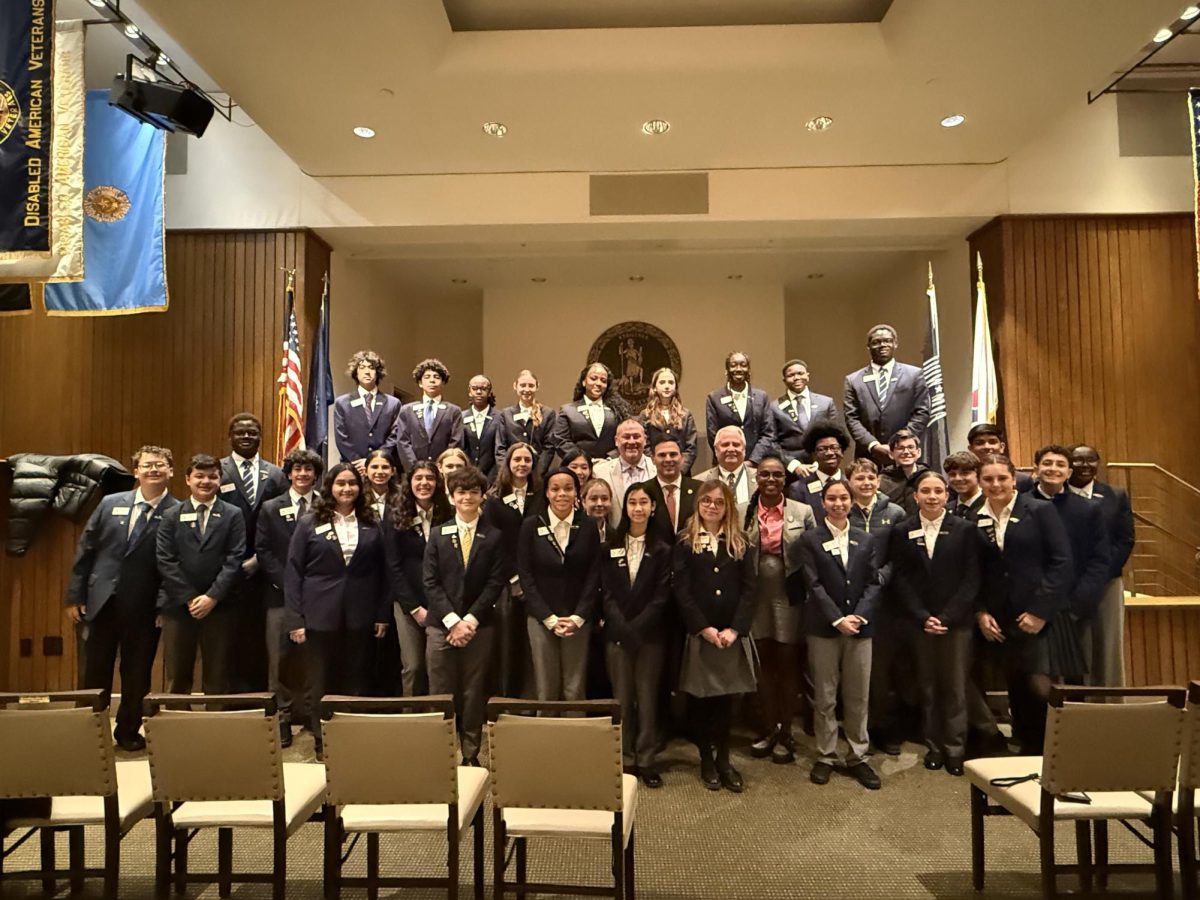Meshes of the Afternoon (1943) Review // Recommendation
One of the best looking shots in the film, directed by Alexander Hammid.
December 3, 2019
Two days ago I wanted to give this film a rewatch, only to discover that my first watch was this day a year ago! Why not wait a little and give it a go on the first anniversary? This experimental film is certainly experimental. Its creepiness is only emphasized by the score done by Teiji Ito. The surrealism is the big reason this film is considered a masterpiece. I generally don’t get experimental films. Films like this one and Un Chien Andalou are famous for their short runtimes filled with intense imagery. This type of thing is done better in films like Brazil. That film has crazy visuals, but the most of the film is not surreal and it rationalizes the strangeties. Brazil as well as a film like The Wall have clear stories and the visuals clearly emphasize that. This film is just the surrealism. The narrative isn’t easy to understand. After this viewing I read about the film and a lot that was detailed didn’t make sense when I watched it.
Our protagonist walks around her house (and a bit outside of it) observing and discovering various things that don’t seem to add much to the plot. One recurring item is a key. A key could symbolize something being accessed or unlocked. However it’s interchangeable with really any object. It serves no purpose. This also applies to a flower and a phone. There is some significance to a knife, which pays off at the end of the film.
I was curious as to why I had trouble following the story and I think the reason is because the film has so much clutter in it. There’s a scene where a character suddenly has black paint on their hand. There’s shots to seemingly randomly selected objects. If something’s important, cut to it. Don’t have too many cuts to things as it distracts from the story. I’m trying to pay attention. Is it worth thinking about whatever I’m seeing?
Let me not ignore some of the good qualities, the numerous really good qualities. The score is perfectly eerie and ominous. It knows how to compliment the film without being overbearing. The syncing with the film proper is quite good. It’s weird to think that it was added sixteen years after the original release, which had no soundtrack at all. I doubt the version of this with no sound would work nearly as well as it does with. I’m glad there’s no dialogue or sound from the actions in the film. The tone, style, and aesthetic from the film would be lessened by those little distractions. Meshes so badly wants to be a tight, efficient production. It’s heartbreaking that this pane of glass has been made in a way where the smallest of scratches would make it look unattractive and it indeed has some.
The biggest highlight is the direction and cinematography. They’re both amazing. The shadowing and lighting perfectly emphasize what we’re seeing with several gorgeous scenes and shots, many of which are the best known shots in the film. I can’t help but wonder how these scenes were directed and set up. Throughout the whole film, but especially in these eyeful scenes, the black and white film is essentially in color. Color couldn’t do this work justice. The beauty of the scene is colored by black and white perfectly.
SPOILER SECTION
The film starts with the protagonist, The Woman, walking home. She sees someone on the street and in the span of a few minutes, gets to a chair in her house and goes to sleep. She dreams of chasing a strange man, usually starting outside her house. It was unclear to me that she had gone into a dream. She fails and repeats the process multiple times. I thought it was funny how once she fails at this, that version of her remains in the house. So as more would wind up there, multiple The Womans just stood around in the house. Eventually she is awoken by The Man. In real life, the two actors were married and while it’s not stated in the film, I thought the two characters were married. Also, it wasn’t clear that she was woken up from a dream, though I then again didn’t know she was in one. It’s then revealed that the dream was real, this wasn’t clear to me. The Woman notices similarities between The Man played by her husband and the man in her dreams. Then there’s a cut to the man outside the house. He walks into the house to find the woman dead, having been killed with a knife.
I wonder if people overlook some issues that were detracting to me. What effect did the events in the dream have on real life? Where did the other copies of The Woman go? If The Woman killed herself at the end, why? If she was murdered, by who? Why was she chasing the dream man in the first place? I can’t help but wonder, does the film just want us to think that it was all a dream?
OVERVIEW
We can all theorize the answers to the little things that don’t matter, but important information that helps the story should be explained. Some beloved films seem like they’re only loved for doing some things well. This film has great cinematography and surrealism that was uncommon at the time. That’s often what people talk about with this movie. The actual narrative, which should be the film’s most important part, is left in the dirt. While some parts feel refined, others get no attention at all. It all feels so irrelevant.





